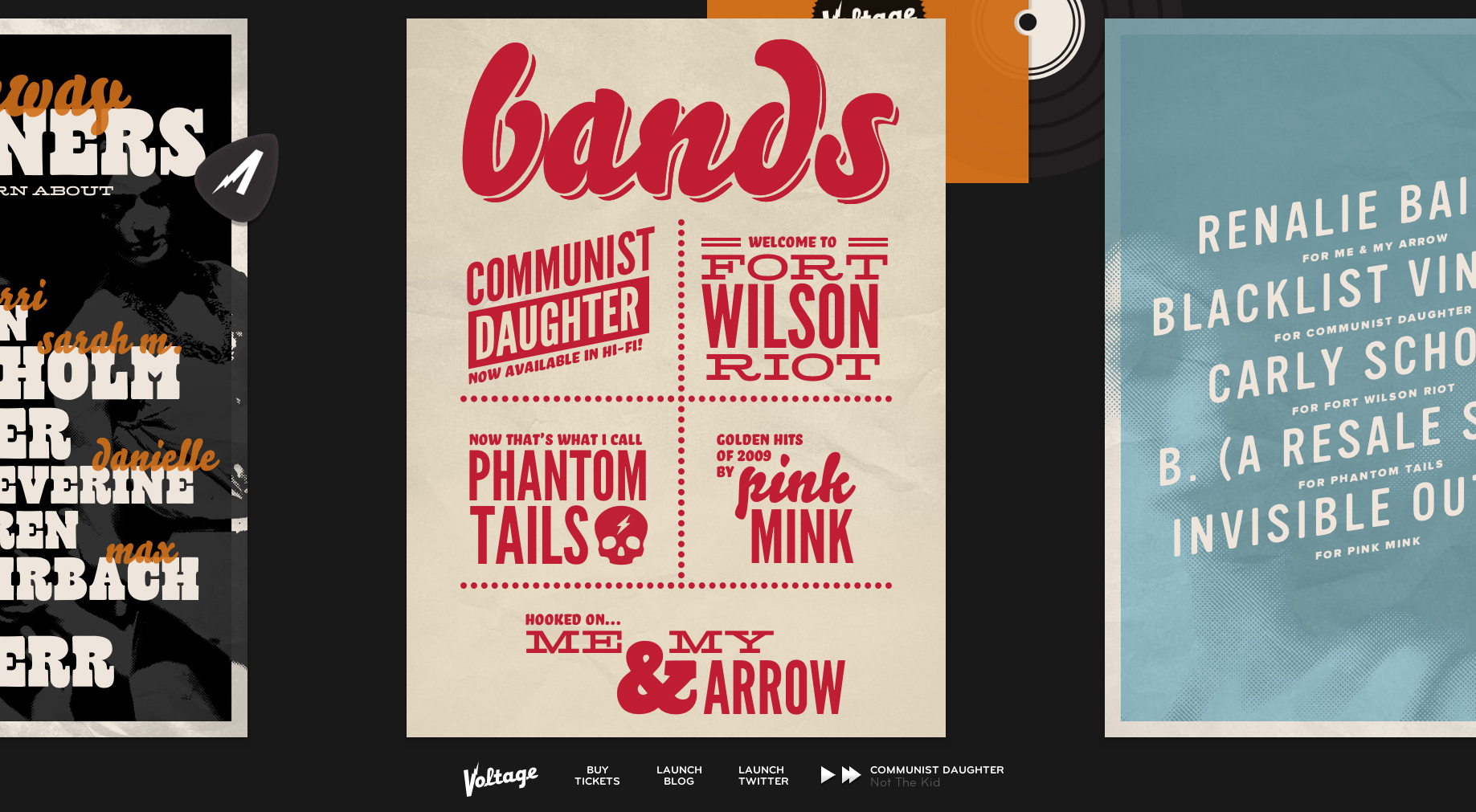Over the long weekend I took the opportunity to tweak our WordPress blog, and mock up another for a client. While WordPress seems so easy to use, I’m starting to think that impression is a bit deceptive.
For one thing, I seem to find myself spending a lot of time activating and deactivating plugins, and installing and uninstalling various widgets and other add-ons. I’ve discovered that user ratings are very important. Even a quality plugin might not work exactly the way you expect it to. If you are lucky, this will only lead to some unexpected time spent scratching your head until you figure out the problem, or find an alternative. Worst case scenario(which does not seem all that infrequent), when something goes wrong, you may lose access to the platform altogether, and be faced with 404 pages, and figuring out what code is out of place over ftp.
The biggest issue seems to be quality. So this is fair warning: make sure you go with the highest quality you can find, and save yourself some headaches. That means highest quality add-ons, that are well-maintained and come highly recommended. It also means quality information. One issue I ran into: information about what you are trying to do(whatever it is)is all over the web, but it may not apply exactly to your situation. I mentioned that I was working on our blog and a mock-up. I thought, “there has to be a way to have more than one blog on the same domain.” I discovered WordPress Multisite. It seemed simple enough; a tweak here and there, a few lines of code, and I would be good to go.
Not so fast.
A couple of days and a downgrade, and complete second installation later, I knew better. What I learned from piecing together low-quality info from around the web is that a) there are a few more steps than at first glance, b) many of the steps are quite server specific, and the biggie, c) for some reason you can’t successfully convert blogs older than 30 days to multisite. Well, not for ‘some reason,’ rather some reason I don’t care to remember at this point.
Bottom line: save yourself time and headaches by finding the best quality information you can, know the steps to your project, and know the information necessary for your specific situation.
-James Andre



